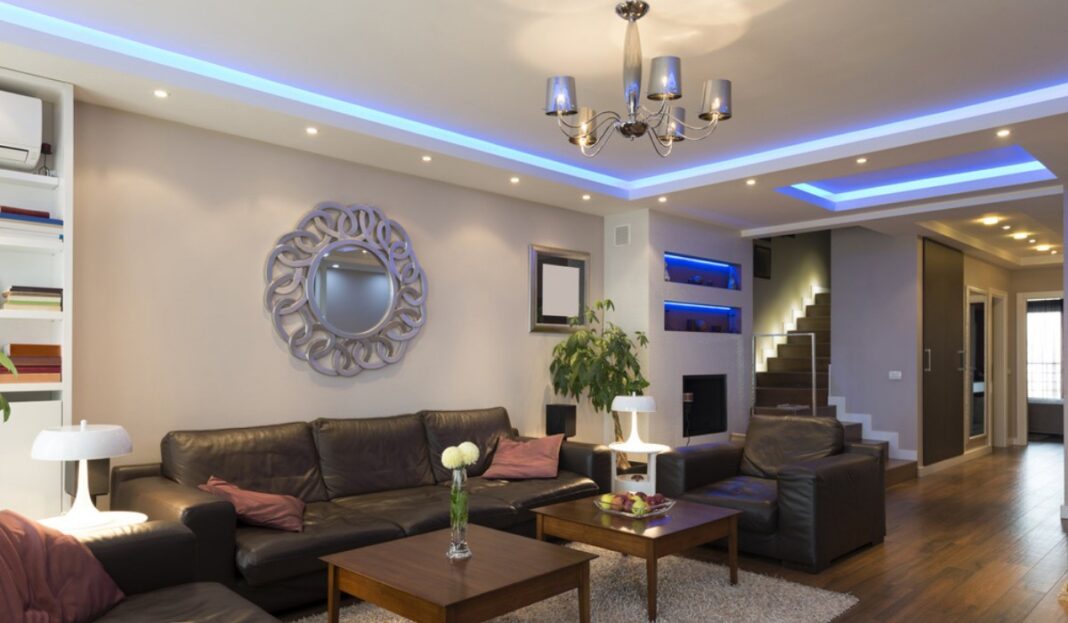Choosing the ideal LED light for your home involves considering several factors, such as the size and purpose of your room, the color temperature of the light, the level of brightness needed, and your personal preferences.
Firstly, consider the size and purpose of the room. For example, a kitchen or workspace may require brighter lighting than a bedroom or living room. Choose a light fixture that is appropriately sized for the room and consider the placement and direction of the light.
Secondly, consider the color temperature of the light. LED lights come in different color temperatures, ranging from warm (yellowish) to cool (bluish) tones. Warm light is ideal for creating a cozy and relaxing atmosphere, while cool light is better for tasks that require focus, such as reading or working.
Consider the level of brightness needed. LED lights come in different brightness levels, measured in lumens. For general lighting, aim for around 700-900 lumens for a small room, 1000-1500 lumens for a medium-sized room, and 1500-3000 lumens for a large room.
The different types of LED lights and what they offer.
- Standard LED: This is the most common type of LED light and provides good color quality and energy efficiency.
- High CRI LED: These LEDs offer a higher Color Rendering Index (CRI), meaning they can render colors more accurately.
- RGB LED: This type of LED light offers the ability to change colors and create different lighting effects.
- Smart LED: These lights can be controlled via smartphone apps or voice assistants, offering convenience and automation.
- Filament LED: This type of LED is designed to mimic the look of traditional incandescent bulbs, offering a warm and cozy atmosphere.
- COB LED: Short for Chip-On-Board, this type of LED offers a high level of brightness and can be used in applications such as automotive headlights or spotlights.
Overall, LED lights are known for their energy efficiency, long lifespan, and flexibility in terms of color and control options.
How to Select the Ideal LED Light for Your Home?
Choosing the ideal LED light for home involves considering several factors, including the type of lighting, color temperature, and wattage. The first step is to determine the purpose of the lighting, whether it is for general illumination, task lighting, or accent lighting. Once you have established the function, you can choose the appropriate type of lighting, such as ambient, task, or accent lighting.
Lastly, wattage is also important when choosing the ideal LED light for your home. A general thumb rule is to use a 10-20 watt LED bulb for accent lighting, 20-30 watts for task lighting, and 30-60 watts for general lighting. However, it is essential to check the lumens output of the bulb as it gives you a better indication of the bulb’s brightness.
Choosing the ideal LED light for a room requires considering the type of lighting, color temperature, and wattage. By keeping these factors in mind, you can ensure that your home is well-lit and creates the desired ambiance for each room.
The Benefits of LEDs in Your Home
The benefits of LED lighting in your home are clear. LEDs use less energy and also last longer, meaning you’ll have less need for replacement lamps. In addition, LEDs emit little heat, which makes them a safer option for children and pets. Finally, LEDs provide a more even light than traditional bulbs, which is especially beneficial if you have trouble seeing in low-light conditions.
1. Energy Efficiency: LEDs use significantly less energy than traditional incandescent bulbs, which can result in lower electricity bills.
2. Longer Lifespan: LEDs have a longer lifespan than traditional bulbs, which means you’ll need to replace them less frequently.
3. Durability: LEDs are more durable and resistant to breakage than traditional bulbs.
4. Versatility: LEDs come in a range of colors and can be used for a variety of applications, including decorative lighting, task lighting, and outdoor lighting.
5. Environmental Benefits: LEDs do not contain hazardous materials and are recyclable, making them a more environmentally friendly choice.
6. Safety: LEDs emit less heat than traditional bulbs, reducing the risk of burns and fires.
Overall, switching to LED lighting can save you money on your energy bills while also offering a range of other benefits.
Conclusion
When choosing the ideal LED light for your home, consider the color temperature, lumens, wattage, and the bulb’s shape and size. Choose LED lights with a color temperature that suits the intended space, a suitable lumen output for the task, low wattage for energy efficiency, dimming capabilities for versatility, and a shape and size that fits your fixture. Additionally, look for reputable brands and check for the lighting’s certifications and warranties to ensure high quality and longevity.



